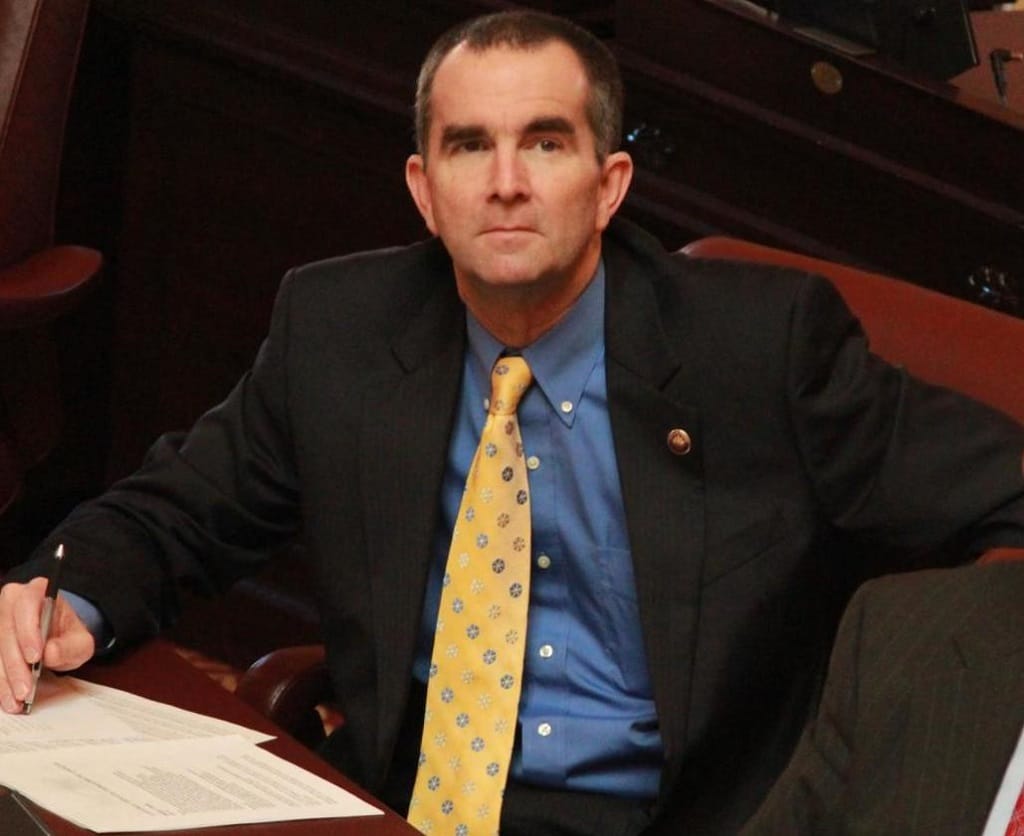CARES Focused on Learning, States Alone on Privacy Laws, Texas’ Broadband Problem
March 17, 2021 — Officials administering the Coronovirus Aid, Relief, and Economic Security Act (CARES) prioritized immediate digital learning over long-term broadband deployment to help close the digital divide, according to a study released Monday by the Schools, Health & Libraries Broadband Coali
Derek Shumway

March 17, 2021 — Officials administering the Coronovirus Aid, Relief, and Economic Security Act (CARES) prioritized immediate digital learning over long-term broadband deployment to help close the digital divide, according to a study released Monday by the Schools, Health & Libraries Broadband Coalition.
The study, by Bailey McHale and Abigail Simmerman at SHLB, found “over half of the spending focused on digital learning for K-12 students, while a third was spent on broadband infrastructure.”
President Joe Biden signed the $1.98 trillion American Rescue Plan Act into law on Thursday . It provides $7 billion in E-Rate funding that extends internet subsidies to households.
Though welcomed by many, McHale and Simmerman report that “some believe that the March 2020 [CARES Act] already took care of the connectivity gap. After all, the legislation included significant capital to connect students at home…Yet nearly a year later, the nation still struggles with the digital divide.”
The two SHLB interns found that 43 states used some CARES Act funding for broadband on top of the two federal programs administered by the FCC and USDA—Lifeline and the Emergency Broadband Benefit programs.
South Dakota’s ’s K-12 Connect program stood out as an example where short-term and long-term needs were addressed by working with telecom companies to provide direct services to homes, while still giving free internet service to eligible K-12 students during the 2020-21 school year.
States going it alone on privacy legislation
Instead of looking to Congress to pass federal legislation for comprehensive data privacy laws, a growing number of states are going it alone, following California’s lead, which began enforcing its own net neutrality rules last February.
Virginia Gov. Ralph Northam (D) signed the Consumer Data Protection Act into law earlier this month, joining Florida, Minnesota, New York, Oklahoma, and Washington State which had similar laws passed.
Writing for Perspectives for the Free State Foundation, Andrew Long said “the adoption of rival state data privacy laws similarly might drive companies to abide a Frankenstein’s monster assembled from the most onerous privacy regulatory requirements.” This would cause confusion among consumers and would cause “unreasonably burdensome and unjustifiably costly compliance obligations,” he said.
The federal government should thoroughly check these state-by-state approaches, because left unchecked, they can hurt effective compliance and “leave consumers uncertain as to their rights,” he said.
Long added that internet traffic knows no political, national, or international boundaries, and called for a “single set of data privacy rules” that should uniformly govern the United States.
9 million Texans don’t have broadband
March 17, 2021 – The Texas Tribune has reported on March 8 that some 9 million Texans don’t have broadband internet. This is due to broadband infrastructure not even reaching their homes or because Texans simply aren’t subscribed to a service.
Texas is one of six states that does not have a broadband plan to close the digital divide. According to a 2019 analysis of the National Digital Inclusion Alliance, four of the five least connected cities in the country are in Texas.
Texas Gov. Greg Abbott this year has designated broadband access as a top priority this legislative session to address internet access across the state.
A lot of the “digital divide” talk focuses on extending broadband to rural areas of the country, but there are needs in urban, too. In Harris County, nearly 200,000 households still don’t have internet in their homes, according to the Census Bureau. The six biggest urban counties in Texas have over 590,000 households with no internet subscriptions.
Jennifer Harris, the state program director for Connected Nation Texas, a broadband promotion organization, said that the challenge in rural areas of the state is definitely big, but urban challenges are overlooked.
Not only is it a challenge to get people connected or subscribed, ensuring they can even pay for broadband is a significant issue.
Income levels and race may be correlated to broadband access. According to the Pew Research Center, 44 percent of adults in households nationwide that earn $30,000 or less don’t have broadband. A February report from the Texas Comptroller’s Office found that almost 90 percent of non-Hispanic whites in Texas have broadband access, compared to 80 percent of Black Texans and 78 percent of Hispanic Texans.
In calling for more resources and training for communities of color, Angela Siefer, executive director of the National Digital Inclusion Alliance, said “Federal resources have been allocated to rural areas and rural areas in the United States are mostly white. So those resources are not being distributed among the diversity of our population.”









Member discussion